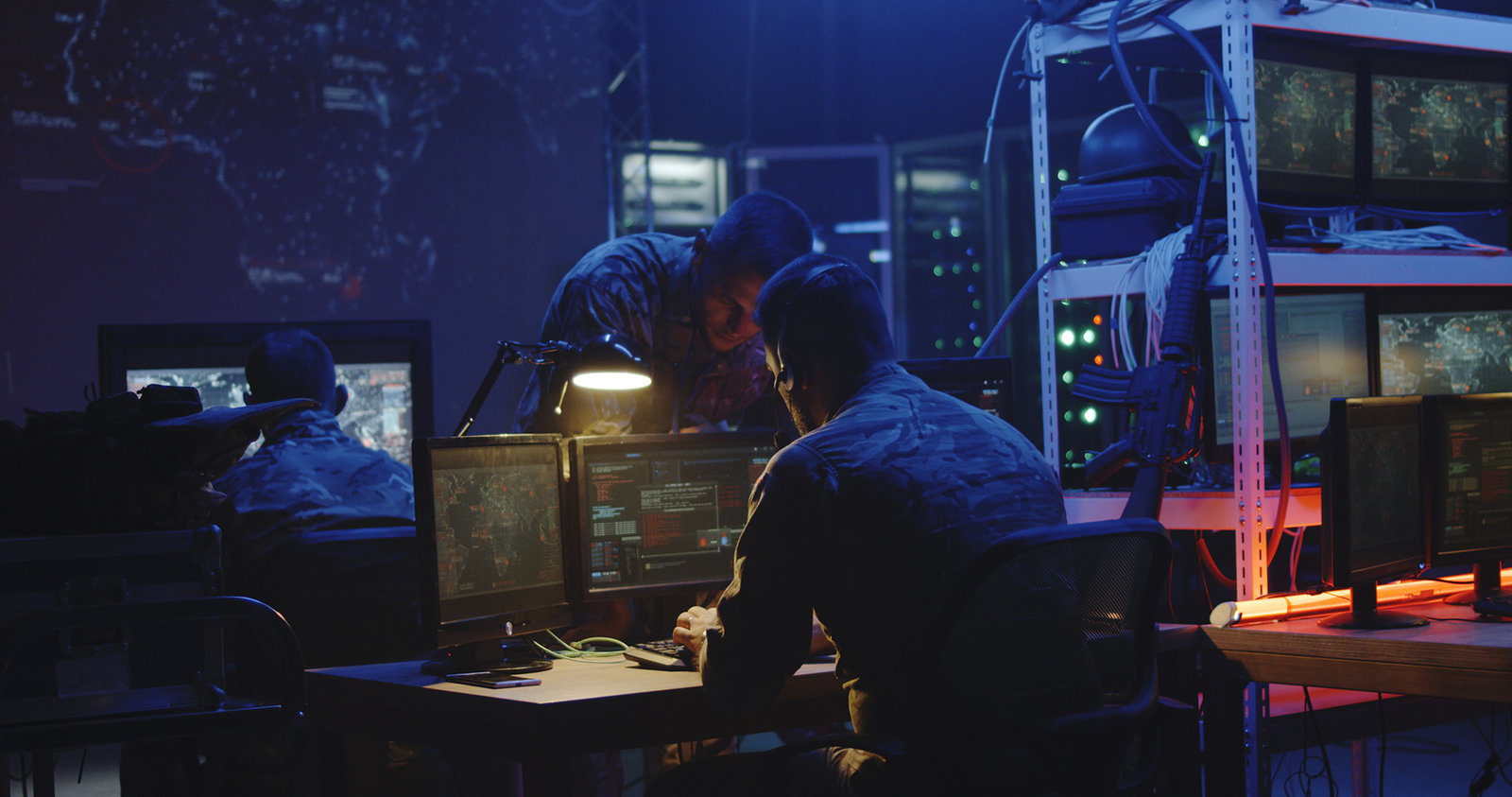Hoy en día, cualquier persona con acceso a una computadora o un dron estándar puede causar un daño tan significativo como el armamento convencional, mientras que al mismo tiempo no provoca una respuesta convencional ni es reconocido como un acto formal de agresión. Además, estos actores también son más difíciles de identificar que los enemigos convencionales. Para las organizaciones militares, defenderse de las amenazas emergentes de la zona gris significa asegurarse de que su personal tenga el conocimiento y las habilidades que coinciden con los de los posibles actores de amenazas. Esto requiere un cambio de mentalidad en el proceso de contratación. A medida que se expande la gama de habilidades y roles necesarios en una organización militar, la red debe ampliarse para reclutar a una generación nativa digital que puede no considerar el sector de defensa como el hogar natural para su conjunto de habilidades.
As the range of skills and roles needed in a military organisation expands, the net must be cast further to recruit a digitally native generation who may not regard the defence sector as the natural home for their skillset. Recruiters must convince potential candidates that a job in the defence sector is a worthwhile career choice, as they will be competing directly for recruits with fintechs and other technology sectors that can offer huge salaries.
However, the tech talent pool in the UK may not be ready to meet the demand. Research from recruitment firm Robert Walters Group found that the pandemic has put pressure on demand, with 58% of hiring managers putting information security as their most required skill, while only 10% of IT professionals have the skills needed to fulfil the roles.
With a small talent pool, the focus must also be put on a second approach: targeted investment into reskilling current personnel to give them the tools needed to counter emerging threats. This means mindsets in military training also need to shift.
Train like you fight
The linear process of ‘train – deploy – return – train again’ no longer matches the constant nature of grey zone campaigns or the unpredictability of their impact. Training should be a constant process, not a set piece of timed activity.
Defence and security forces need to continuously adapt to changes in the environment and incorporate new skills into the way they operate. Critical training should take place during deployment to shorten the timeframe for achieving the maximum strategic effect. This is particularly important when force numbers are reduced but the strategic effect needs to be maintained.
Secondly, a wider spread of learning and development tools is needed to make the most of emerging technologies including mixed reality, AI and autonomy. This is increasingly necessary as defence and security forces will be training across multiple generations and incoming personnel are likely to be more comfortable with new digital ways of learning.
It also enables a shift from basic ‘muscle memory’ training to more cognitive training, which in turn enables individuals to shift more easily between traditional fighting skills to those required for effective protection, deterrence, assurance and civil support.
Finally, training should be more collaborative. Regular training with allies reinforces the message of how powerful integrated responses can be and provides a visible deterrent for adversaries no matter what novel tactics they may be exploring for grey zone conflict.
Navigating the expanding grey zone
The British Armed Forces have already begun their immediate response to the new forms of battle, as Royal Marine commandos begin to deploy on covert missions overseas with the specific task of operating in the space between peace and war to disrupt enemy activity.
Nevertheless, a further cultural shift is needed and can be achieved by establishing a recruitment and training framework that ensures personnel are prepared for grey zone threats. While in the short term tactical recruitment will go some way to helping, in the long term, the necessary capabilities can only be delivered through a focussed and modernised training programme.
Fuente: https://defence.nridigital.com



This battleground is one in which the weapons are not the conventional rifle or tank, but rather cheap computers which give bad actors the ability to inflict considerable economic and physical damage on their targets.
Nowadays, anyone with access to a computer or an off-the-shelf drone can cause as significant harm as conventional weaponry, while at the same time not provoking a conventional response or being recognised as a formal act of aggression. In addition, such actors are also harder to identify than conventional enemies.
The weaponisation of everyday technologies is blurring the lines between the skills applied and tools used by those within and outside the military, often combining both. Take cyberattacks, for instance. In the civilian world, they can bring a small business to its knees. On the military side, the Royal Navy is preparing for the HMS Queen Elizabeth to come under various cyberattacks as it sails towards China on its maiden voyage this year.
While the tools and skillsets behind these threats are the same, the distinction of what is a military skill and what is not presents a major challenge to the defence sector.
Changing mindsets to meet new threats